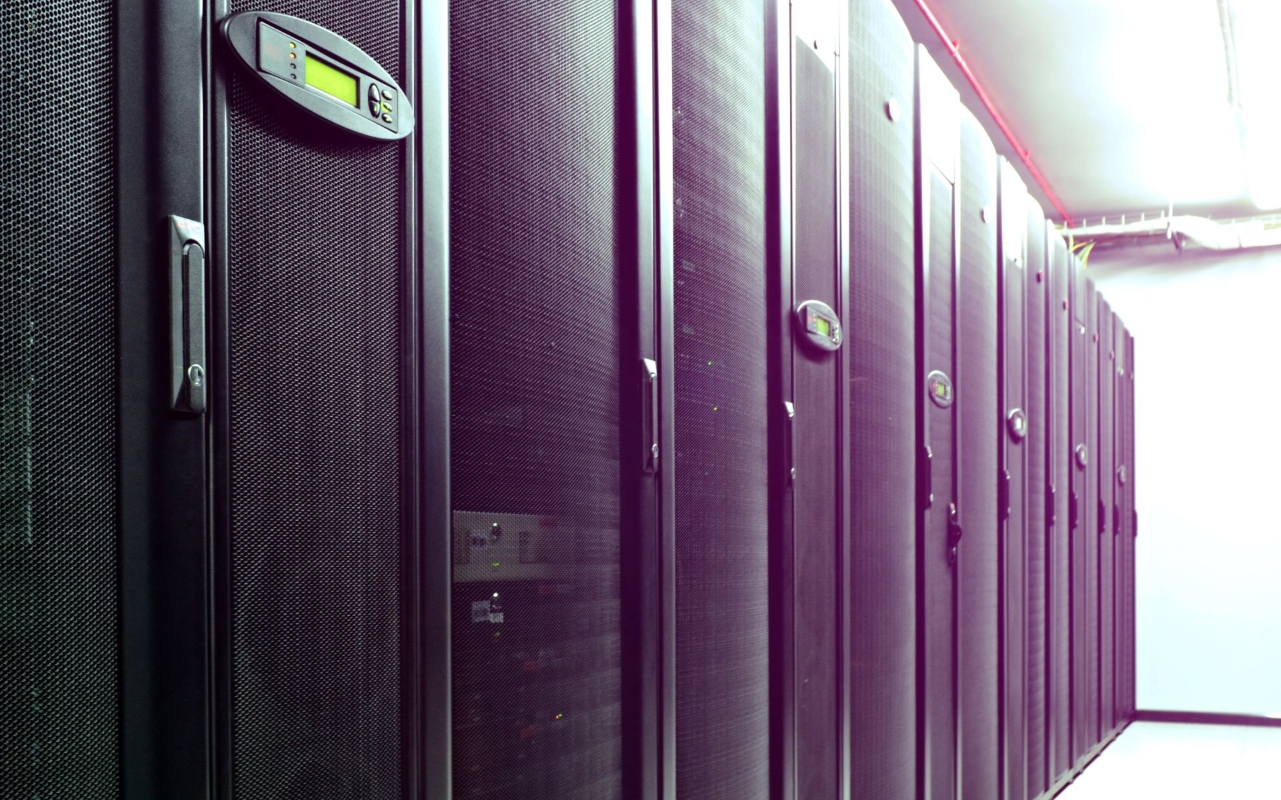Passive vs. Active Airflow Management13 min read

What are the differences between passive and active airflow management?
The question is not as simple as it may seem, because it actually may be more than one question. For example, active airflow management to some people means adding fans in floor tiles, cabinet chimneys, plenums, or cabinet rear doors to help with air movement. This contrasts to passive airflow management where the only sources of air movement would be the server fans and the primary cooling equipment fans.
A Few Exceptions
With the question framed as above, the general best practice would be that active airflow management never makes any sense because it is just adding another energy component to the non-IT side of the PUE equation. However, there are always exceptions, and here that exception is the amount of pressure head fan systems are operating against, which could be affected by undersized plenums, dense cooling coils, and cabinet chimneys coupled to inadequately evacuated spaces. According to Dave Moss, Thermal Engineering Strategist at Dell, during the most recent ASHRAE conference, server fans can accommodate an additional 0.1” H2O, and can push against an additional 0.3” as long as utilization and temperature are not approaching maximum thresholds. CRAH units may be rated around 0.5” H2O, but that can vary from one model to another. Regardless, if total system impedance exceeds server or CRAH fan thresholds, then active assist would be justified.
Two Parts of a Whole
The active/passive terms may also be defined as those elements which passively segregate supply and return air masses, such as blanking panels, grommets, chimneys, containment aisles versus the control mechanisms that exploit the benefits of that segregation, such as variable air volume fans, VFD pumps, temperature sensors and pressure sensors. With the terms framed this way, active and passive airflow management are indeed two halves of a whole.
A frequently misunderstood aspect of this “whole” feedback control system is that it should actually be two independent feedback loops, one for temperature and one for airflow. With servers today varying in their air requirements from less than 80 CFM per kW to over 150 CFM per kW, traditional BTU capacity planning calculations no longer apply. Delivered temperature should be controlled by server inlet temperature feedback and airflow should be controlled by static pressure feedback. Maximum segregation in conjunction with separate temperature and airflow control loops provide the path to assuring all electronic equipment in the data center is adequately cooled at the most economic energy use.
The industry's easiest to install containment!
AisleLok® solutions are designed to enhance airflow management,
improve cooling efficiency and reduce energy costs.
The industry's easiest to install containment!
AisleLok® solutions are designed to enhance airflow management,
improve cooling efficiency and reduce energy costs.

Ian Seaton
Data Center Consultant
Let's keep in touch!







0 Comments